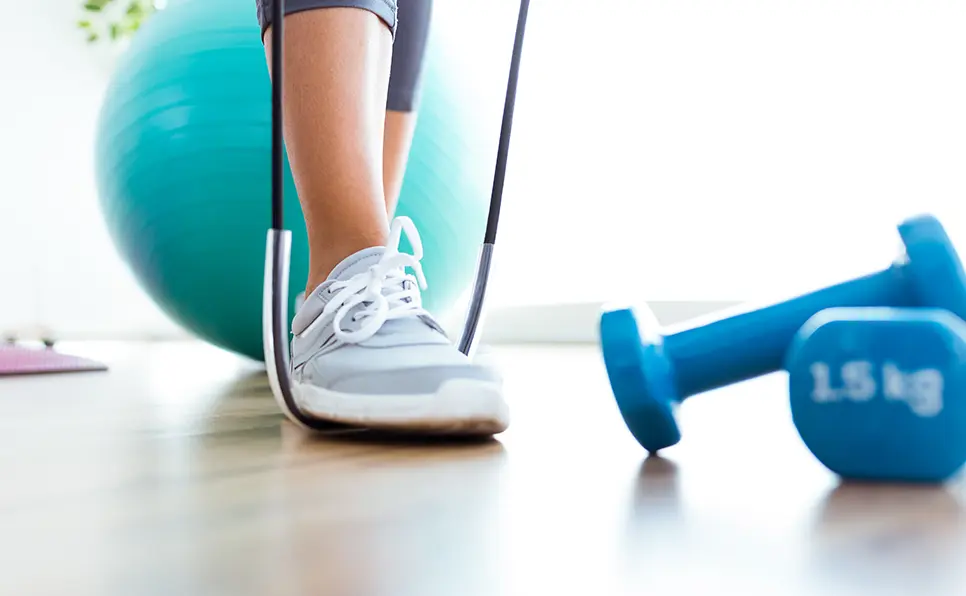Types of Investment management
Introduction Money or other assets owned by investors are managed by investment managers. Asset management is more than buying and selling financial assets. It involves managing other investments as well. Management includes devising a short- or long-term strategy for acquiring portfolio holdings. Aside from banking and budgeting, it can also include tax and duty services. Choosing the best investment options for wealth management is a concern for people of all income groups. While managing money is important for a financially secure future. There are several long-term and short-term investment options that you can opt for, considering your goals and risk appetite. A few of the best investment options are listed below: 1. Fixed Deposits and Recurring Deposits 2. Mutual Fund 3. Direct Equity 4. Post Office Saving Scheme 5. Bonds 6. Public Provident Funds (PPF) Some of the best investment options In this section, we will discuss some of the most suitable investment options: 1. Fixed Deposits (FD) and Recurring Deposits (RD) It’s an investment among many investors, especially those who seek guaranteed returns with minimal risk, FD and RD accounts can be easily opened by everyone with leading banks, Non-Banking Financial Companies and post offices. Key features that make FD and RD: Assured returns Minimal risk as compared to other investments Simple renewal and withdrawal facility Flexible investment amount Loan against FD is the last emergency option 2. Mutual Funds While investment in mutual funds is taken to market risk ones we should evaluate the risk before investing. Mutual funds can be a great investment option with the right understanding of the market and its risks. if you are going for short-term investments or long-term. Monthly systematic investment plans or systematic withdrawal plans can be good investment options if you want a stable income from mutual funds but are not a high-risk investor. It’s the best option if you are looking for a high-return investment. 3. Direct Equity The first thing you should figure out, you are looking for long-term or short-term investments. In the long run, direct equity investing is one of the most beneficial investments. It has to do with a company’s equity shares, which bind you in relation to the ownership of the business legally. You acquire the right to participate in corporate meetings and influence the firm’s decisions by purchasing shares of a corporation. Also, you receive a distribution of the company’s profits based on the number of shares you own. As an investor, you must know that a company’s profit and loss have an impact on the share price, both positive and negative. Depending on the market conditions and your risk, you can also choose to give up the shares back later either to the company or a third party. 4. Post Office Saving Schemes Indian Post, which controls the postal chain in the country, offers these deposit avenues to investors. A few decades ago, this investment option was designed to encourage disciplined savings. Additionally, it provides investment opportunities to assist them in their financial planning. Enrollment or application is easy, making these schemes an excellent investment option. Investing in these savings schemes can be done at your local Post Office. Post office investments include the following savings schemes: Post Office Savings Account Post Office Time Deposit Account (TD) 5-year Recurring Deposit Account (RD) Monthly Income Scheme Account (MIS), and among others 5. Bonds : A bond is a fixed-income instrument that represents a loan made by an investor to a borrower. Similar to how a select few businesses and governmental entities issue bonds to the public markets to raise money for social initiatives and infrastructure development. There are five main types of bonds: Treasury, savings, agency, municipal, and corporate. Each type of bond has its own sellers, purposes, buyers, and levels of risk and returns also. If you want to take benefit of bonds, then you can buy securities that are based on bonds. 6. National Pension Scheme (NPS): The National Pension Plan was first established to take the place of the pension plans for employees of the State and Central Government. In May 2009, NPS investments became available to all Indian citizens. The National Pension System (NPS) allows investors to make investment decisions by establishing either a Tier 1 or Tier 2 account. According to current rules, only the Tier 1 account offers tax benefits and is required for all investors. There are no tax advantages to the optional Tier 2 NPS account. The finest long-term investment in India right now is still NPS. Some features and benefits of NPS: Flexible investment amount starting from only Rs. 500 annually The option to withdraw partial amounts in case of medical or financial emergencies A long-term investment that will provide financial security after retirement. 7. Public Provident Fund (PPF): Public Provident Fund is a government-backed scheme that gives guaranteed returns based on the interest rate. PPF interest rates are determined by the Government and are subject to change quarterly. The current interest rate from PPF is 7.1%. Moreover, PPFs have a 15-year maturity term; you can begin withdrawing your money after six years. Whenever you can use your PPF balance as security to take loans. Since the principal amount, interest earned, and maturity amount are all eligible for tax savings, it falls under the EEE category. Therefore, PPFs are one of the best investment options. As per Section 80C of the IT Act 1961, you can avoid tax deductions for your contribution towards the PPF account.
Types of Investment management Read More »










